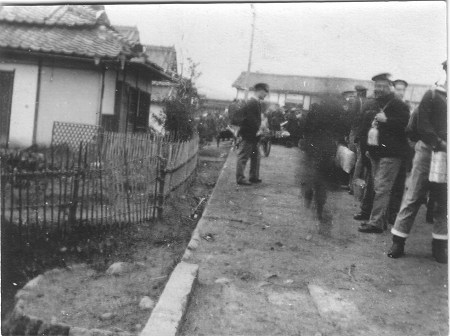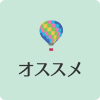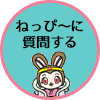本文
Closure of the Aonogahara Prisoner of War Camp
World War I ended in October 1918 and the peace treaty was signed the following year. Austria-Hungary was broken up into smaller nations and several new states were established. Prisoners who were members of these countries were released immediaTely and the remaining prisoners were set free after that. They took the train at Daimon Station of the Banshu Railroad (renamed from Daimonguchi Station in 1916) just as they did when they had arrived at Aonogahara. The photograph shown below appears to have been taken when the prisoners were released because they are wearing winter clothes.

Map: The plot plan of Daimon Station of the Banshu Railroad
(From The Journal of Daimon, compiled by the Compilation Committee of The Journal of Daimon, published by Daimon, Yashiro-cho, Hyogo, March 1991)

Photo: Daimon Station of the Banshu Railroad, which appears to have been taken when the prisoners were released (courtesy of Mr. Hans Joachim Schmidt)
Seventy-one Yugoslav prisoners who had been interned at Aonogahara returned to their country on the Sphinx from the port of Kobe on December 5, 1919, guided by Klobucar (December 4, 1919 edition of Chugaishogyo). Subsequently, 222 prisoners who had been interned at Aonogahara boarded the Kifuku Maru at Kobe on December 27 and left for Wilhelmshaven (“Wilhelm’s port”), Germany, together with the prisoners who had been interned at Narashino, Ninoshima and Kurume.
“In mid-December 1919, we were finally informed that we would start leaving for our beloved mother country on December 27. Of the Austrians, all high-ranking officers could return, but a quota of 66 were selected from among the 146 remaining people by lot and 80 people who drew blanks were obliged to remain. When the two of us in charge of raising pigs came back from the pigsty at around 5:00 pm, some lucky numbers still remained. The other person in charge of raising pigs was interned in 1912 and I was interned in 1913. He should have drawn first, but he declined. I drew first and it turned out to be a lucky number.”
(From Kersten’s Diary)

Photo: The Kifuku Maru anchored at the port of Kobe (courtesy of Mr. Dieter Linke)
The Kifuku Maru arrived at Wilhelmshaven, Germany after stopping at Qingdao and the Island of Sumatra. But Kersten, who was delighted to be returning to his mother country, saw how miserable and wretched Germany looked after its defeat in the war.
“Sixty-three days after leaving Japan, we landed at Wilhelmshaven. When we entered the water gate, we were met by hungry children begging for bread. We had been so excited for the last few days, we had not consumed our normal amount of bread and had some left over, which we threw at the edge of the reservoir at the water gate. I will never forget what happened right in front of us for the rest of my life. German seamen and soldiers rushed at the bread and fought to get it for themselves, shoving aside the children. At that moment, I could not help jumping down the deck and crying for some time.”
(From Kersten’s Diary)

Photo: Wilhelmshaven (courtesy of Mr. Dieter Linke)
The last prisoners to be released boarded the Hudson, which departed from Kobe on January 27 the following year, and left for their own destinations. Having completed its duty, the Aonogahara Prisoner of War Camp was closed down on February 29.









